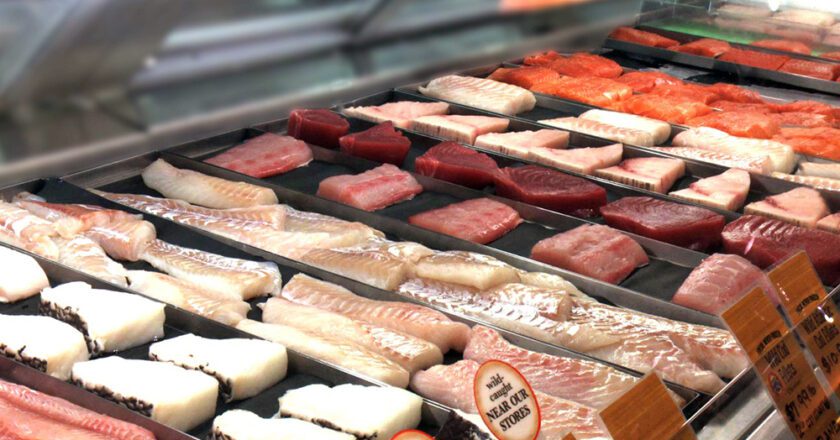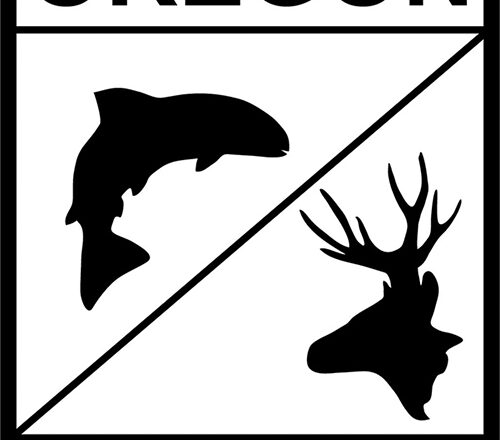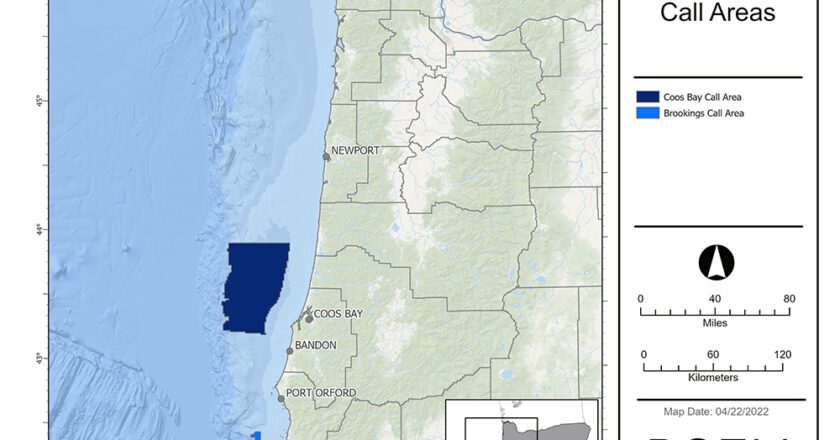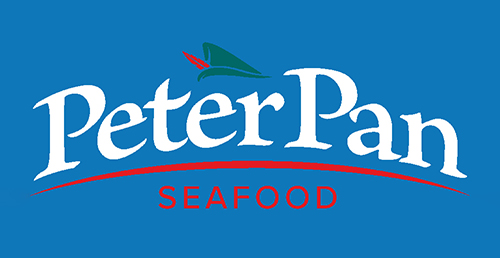WSG to Conduct Sea Safety, Survival Course
Washington Sea Grant intends to conduct a drill instructor course on sea safety and survival for commercial fishermen and charter boat operators on April 21 in Westport, Wash.
The Coast Guard-approved workshop meets the training requirements of the Commercial Fishing Safety Act to conduct drills, according to Sea Grant. The coursework combines lecture and hands-on experience with the safety and survival equipment now required for commercial fishing vessels.
Participants will be taught about emergency procedures and be trained to develop appropriate emergency drills for their own vessels. Those participating are asked to bring deck boots, survival suits and a change of clothes.
Commercial harvesters can take the course for $50, thanks to program support from the Seattle Fishermen’s Memor...









